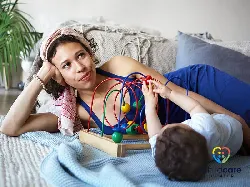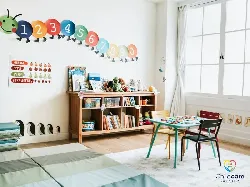Are Home Daycares Safe?
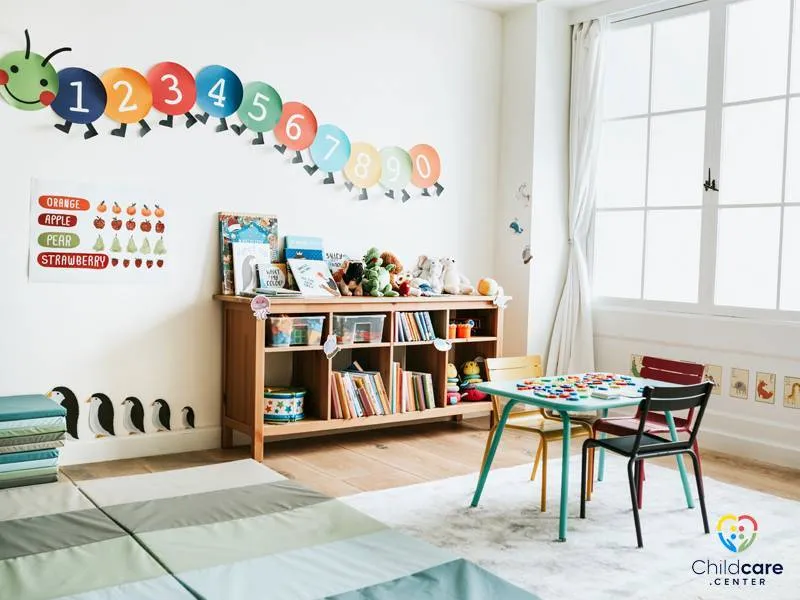
The safety of home daycares has been a topic of concern for many parents, who strive to ensure their children's well-being in childcare settings. However, recent research has provided encouraging insights, indicating that home daycares are as safe as their commercial counterparts. A comprehensive study examining injury rates in home daycares found no significant difference when compared to commercial daycare facilities, offering reassurance to parents seeking an affordable and secure option for their child's care.
The study's findings have debunked the notion that home daycares pose higher risks, providing valuable information for parents navigating the childcare landscape. While maintaining a safe environment requires various factors such as qualified providers, safety protocols, age-appropriate equipment, and a childproofed space, the research underscores that home daycares can offer a safe and viable alternative. With this knowledge, parents can make informed decisions, considering their specific needs and preferences, while prioritizing their child's safety and well-being.
Why is daycare safety important?
Daycare safety is of utmost importance due to its direct impact on the well-being and development of children. Parents entrust their precious little ones to daycare facilities, relying on them to provide a nurturing and secure environment. Ensuring daycare safety is crucial for several reasons.
First and foremost, daycare safety is essential for protecting children from harm. Daycare facilities must prioritize the physical safety of children, preventing accidents, injuries, and potential hazards. This includes maintaining a safe environment with appropriate supervision, childproofed spaces, and adherence to safety protocols. By implementing stringent safety measures, daycares can minimize the risk of accidents and provide parents with peace of mind, knowing that their children are in a secure setting.
Furthermore, daycare safety plays a vital role in the overall development and well-being of children. Children thrive in environments where they feel safe and secure. When daycare settings prioritize safety, children can freely explore, learn, and interact with their peers, fostering their cognitive, emotional, and social development. Safety measures that address both physical and emotional well-being, such as proper hygiene practices, nutritious meals, and nurturing caregiving, contribute to creating a positive and supportive environment for children to grow and thrive.
What do home daycares do?
In Canada, daycares are regulated by the provincial government. Daycare centres provide care for children from the time they are six weeks old up to the age of twelve. Most daycare centres offer breakfast, lunch and snacks. Some daycares offer a nap time in which the children will sleep for a certain period of time, but other centres allow children to sleep at home with their parents. Daycare centres also provide children with educational and recreational activities.
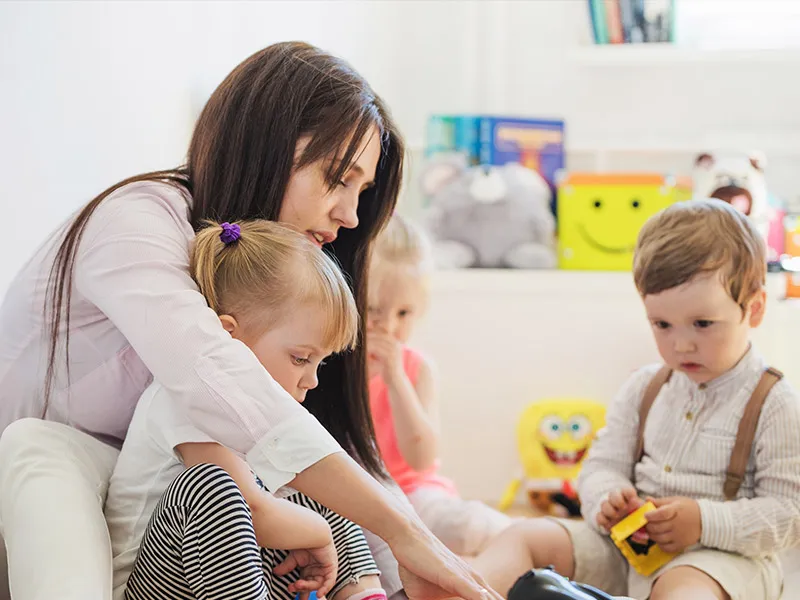
For more detailed information on early learning and child care services in Canada, including regulations and programs, you can visit the Government of Canada's official website on Early Learning and Child Care.
What are home daycares licences in Canada?
Home daycares in Canada are licensed and regulated by the provinces and territories. They are not required to obtain a licence but some do to ensure quality care for children. The licence is issued by the provincial or territorial government and is valid for three years. The purpose of the licence is to provide a basic level of protection and support for children in the care of daycare providers. It includes requirements such as providing a safe environment, health and safety policies, staff training, and reporting to government officials. If you are trying to Find Daycare in Canada, you can visit Cildcare center to find a list of licensed providers.
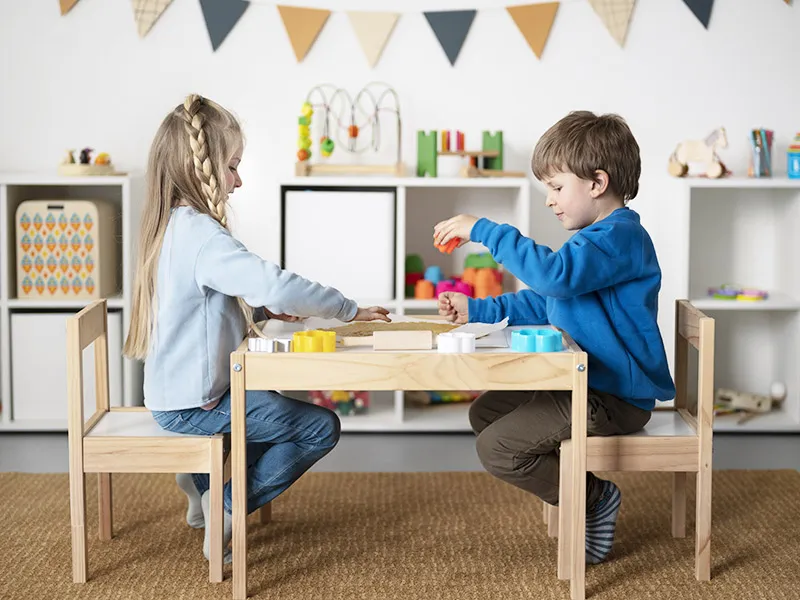
Are Home Daycares Safe in Canada?
Canada has a very high standard of living, and this attracts many people to move here. Canada is also one of the most developed countries in the world. One of the reasons why people move to Canada is because they want to raise their children in a safe environment. However, this is not always the case.
Some parents have found that daycares are not safe and have reported them to the appropriate authorities. Unfortunately, many daycares have been shut down after complaints have been made about them. To make sure your child is safe, you should talk to your child's daycare provider about their policies and procedures for dealing with injuries or emergencies. If your child has an injury or accident at daycare, you should take them to a doctor as soon as possible.
How to choose a safe daycare
For your child? The safest choice for your child is to choose a licensed home daycare. Licensed home daycares are inspected and regulated by the Ministry of Education, and must meet minimum standards of health, safety and development. Licensed home daycares must also be registered with the ministry, and they are monitored regularly by ministry inspectors. A licensed home daycare is not the same thing as a babysitting service.
Following are some tips for ensuring childcare provider safety:
- Choose a reputable provider
When it comes to choosing a reputable childcare service provider, there are a few things you should keep in mind. First and foremost, safety is always the number one priority. Make sure to do your research and choose a provider that has a good reputation for keeping their facilities clean and safe.
Another important factor to consider is the quality of care your child will receive. You want to make sure that the provider you choose is experienced and has a staff that is caring and attentive. Be sure to ask around and get recommendations from other parents before making your final decision.
Additionally, it's crucial to visit the child care facility in person to observe the interactions between the staff and children, and to ensure that the environment is safe and conducive to learning and play.
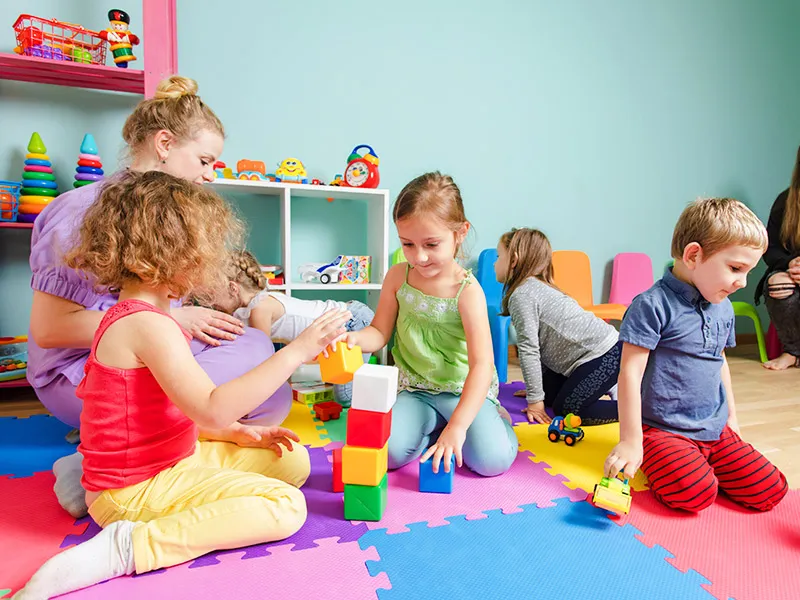
Lastly, you'll want to consider the cost of the childcare services. While you don't want to skimp on quality, you also don't want to break the bank. Be sure to get quotes from several providers before making your decision. There are a wide variety of childcare options available for children. For example, your child can be taken care of in the home of a friend or family member. You can also choose to place your child in a small group daycare facility.
- Inspect the facility
As a parent, you want to be sure that the childcare service provider you've chosen is up to par. Here's how to inspect the facility of a daycare:
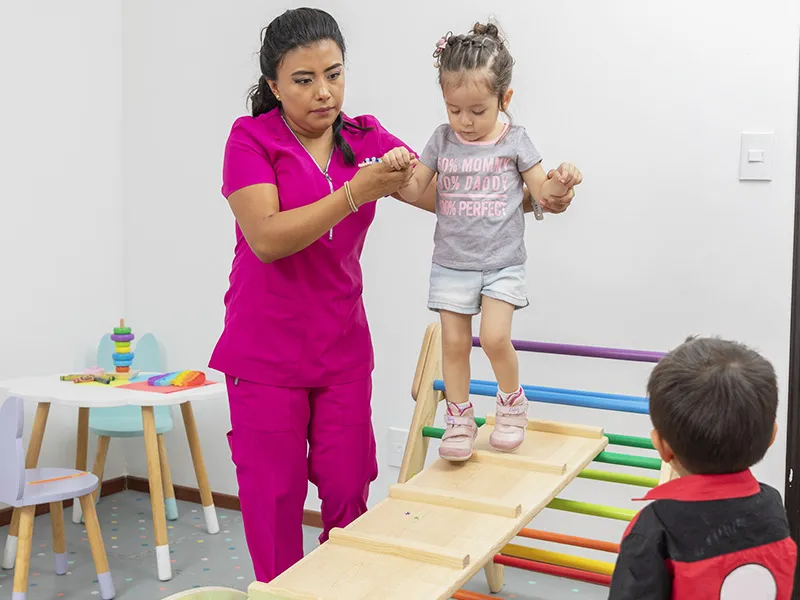
- Does the facility look well-kept and clean? This is important because it shows that the staff is taking care of the environment and setting an example for the children.
- Are the materials and toys appropriate for the age group of children being cared for? They should be developmentally appropriate and safe.
- Is there enough space for the children to move around freely? The facility should feel spacious and open, not cramped.
- Is there adequate outdoor space? If so, is it safe and well-maintained? Outdoor play is important for children, so you'll want to make sure they have a good place to do it.
- Is the staff friendly? You should be able to tell if they have an attitude of respect and care for the children.
- Are the children engaged in activities, or are they just playing around with toys or watching TV?
- staff ratios and training
In Canada, childcare staff ratios and training are regulated by the provinces and territories. The ratios vary across the country, but all jurisdictions require that staff have completed a certain amount of training.
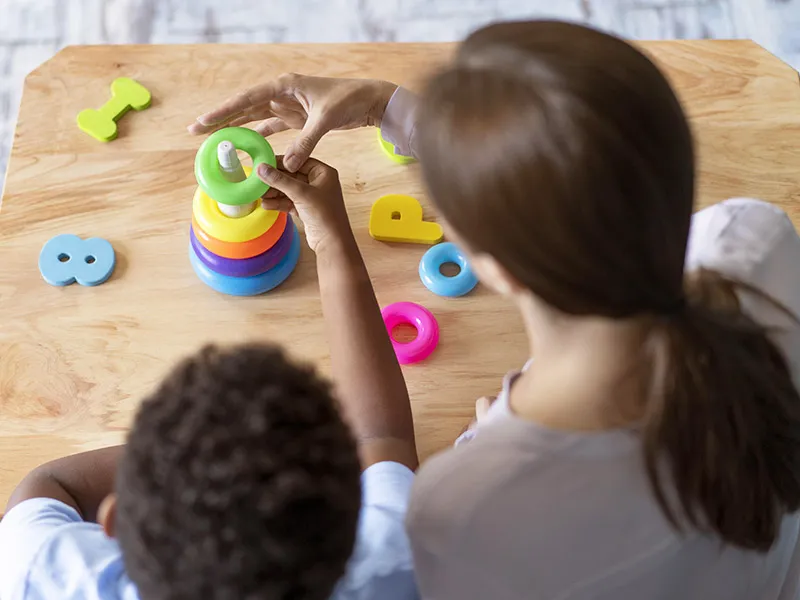
The benefits of home daycare
Are well known. Parents can drop off children at the daycare provider s home, and pick them up when they are finished working or running errands. They avoid the hassle of trying to coordinate car pooling with other parents. And, they can avoid the expense of taking a babysitter out or hiring an expensive in-home caregiver. In addition to these advantages, some families choose this type of care because they believe it is safer than leaving their children with others.
Conclusion: peace of mind for parents
In conclusion,daycare safety is of the utmost importance for both parents and providers. There are many things to consider when ensuring a safe environment, but these six tips are a great starting point. Parents should always research providers thoroughly and visit the facility before enrolling their child. Providers should create a safe space, develop emergency procedures, screen employees carefully, and maintain open communication with parents. By following these tips, we can help keep our children safe while they're in daycare.






